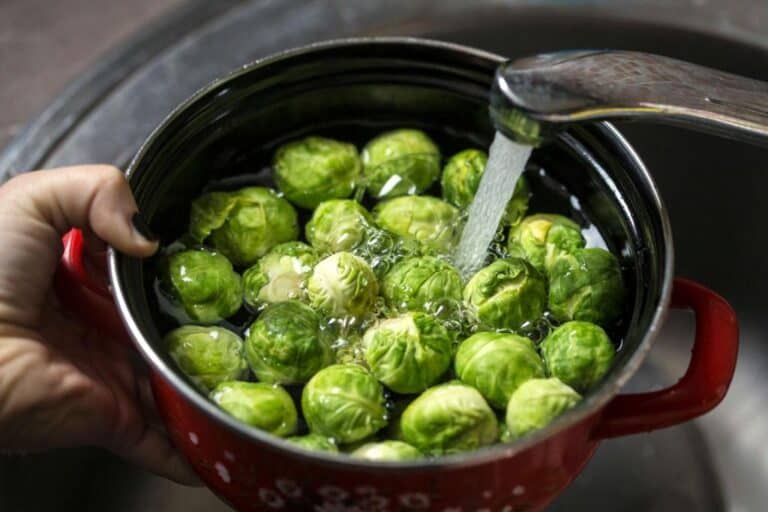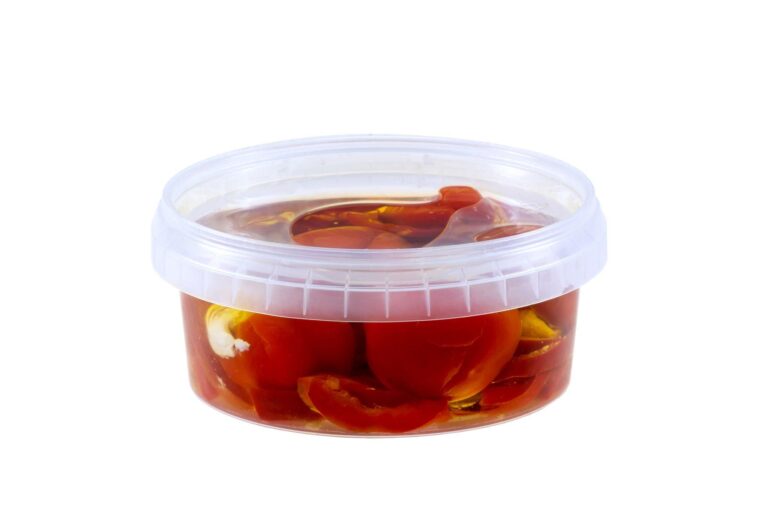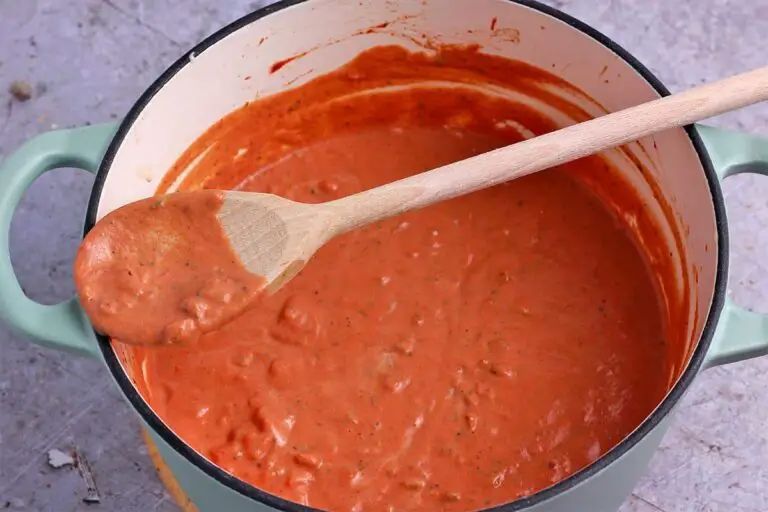Substituting Dry Yeast for Fresh Yeast: Dry Yeast To Fresh Yeast Conversion
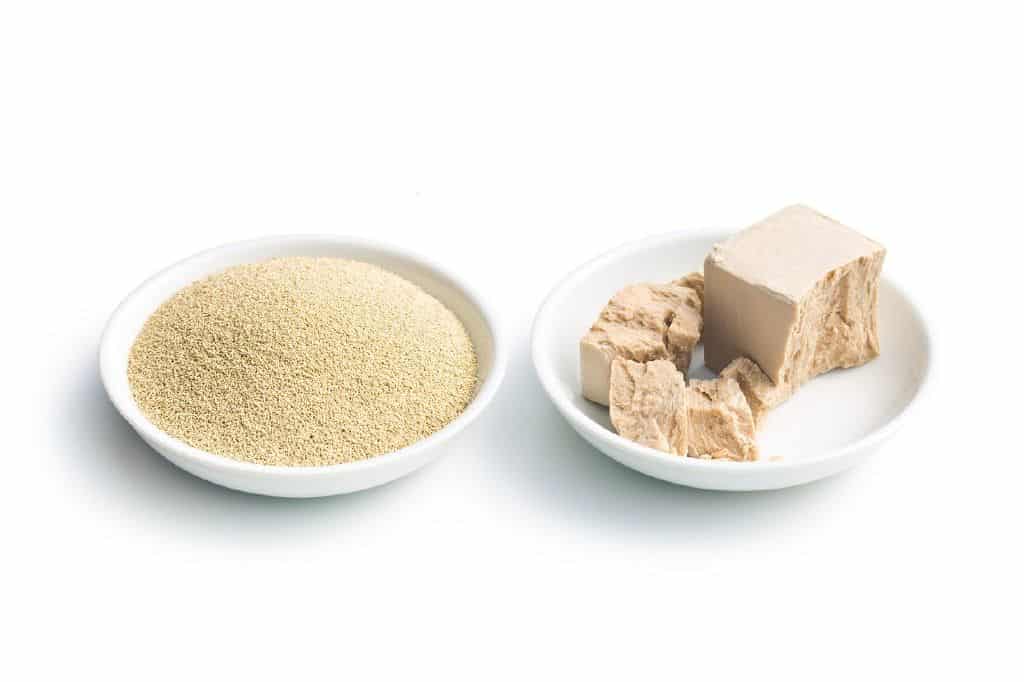
Baking bread at home can be a satisfying and fulfilling experience, but it can also be a bit of a science experiment. One of the key ingredients in bread-making is yeast, which helps the dough rise and create the light and airy texture we all love. However, there are different types of yeast available, and it can be confusing to know which one to use.
Fresh yeast and dry yeast are the two most common types of yeast used in bread-making, and while they both have their strengths, it’s not always easy to substitute one for the other.
In this article, we’ll explore the differences between fresh and dry yeast and provide tips and tricks for successfully substituting dry yeast for fresh yeast in your bread recipes. Whether you’re a seasoned baker or a beginner, you’ll learn everything you need to know to achieve perfect loaves of bread every time.
Understanding Different Type of Yeast
To understand how to convert dry yeast to fresh yeast, it is essential to have a basic understanding of the different types of yeast available. Yeast is a single-celled organism that belongs to the fungi kingdom and is essential in the process of fermentation. Yeast is categorized into two main types: commercial yeast and wild yeast.
Commercial yeast is produced in a controlled environment, typically in a laboratory, and sold on the market as either dry or fresh yeast. The two main types of commercial yeast are active dry yeast and fresh yeast, also known as cake yeast.
Dehydrating fresh yeast produces active dry yeast, a fine powder with a lengthy shelf life that is simple to store. Fresh yeast, on the other hand, is a moist and perishable product that needs to be refrigerated.
Wild yeast, also known as natural yeast, is found in the environment, such as on the skin of fruits, in grains, and in the air. It is used in the production of sourdough bread and other fermented foods. It takes longer to ferment than commercial yeast, but many bakers and chefs adore the flavor it has.
The most common yeast used in baking is commercial yeast, which is available in both dry and fresh forms. While they both serve the same purpose, there are differences in their composition and how they are used in recipes.
Differences between Dry and Fresh Yeast
While dry yeast and fresh yeast both serve the same purpose of leavening dough, there are some significant differences between the two. Understanding these differences is key to successfully converting dry yeast to fresh yeast or vice versa.
The most significant difference between dry and fresh yeast is their water content. Fresh yeast, also known as cake yeast, has a moisture content of around 70–75%, while dry yeast has a water content of only 8–9%.
This means that fresh yeast is more perishable than dry yeast and needs to be refrigerated or frozen to maintain its freshness. Dry yeast, on the other hand, has a much longer shelf life and can be stored at room temperature for several months.
Another difference between dry and fresh yeast is the way they are activated. Fresh yeast needs to be crumbled or dissolved in warm water or milk before being added to the dough mixture. You need activate fresh yeast to proofing and make condition for fresh yeast to be working.
Dry yeast, on the other hand, can be added directly to the dry ingredients without any prior activation. However, it is still recommended to dissolve the dry yeast in warm water or milk to ensure maximum activation and rising.
The rise time of dough made with dry yeast and fresh yeast may also differ. Generally, dough made with fresh yeast requires longer rise times compared to dry yeast due to its lower concentration of yeast cells. The slower fermentation process with fresh yeast can result in a more complex flavor in the final baked goods.
| Dry Yeast | Fresh Yeast | |
| Form | Dehydrated granules | Soft, moist cake |
| Shelf Life | 1-2 years if stored in a cool, dry place | 2-3 weeks if stored in the refrigerator |
| Activation | Must be activated in warm water or milk before use | Can be crumbled directly into dough |
| Strength | More potent, requires less yeast in recipes | Less potent, requires more yeast in recipes |
| Convenience | Can be stored for longer periods of time and is easier to measure | Requires more frequent trips to the grocery store and must be weighed out for each use |
| Cost | Typically less expensive than fresh yeast | Typically more expensive than dry yeast |
Keep in mind that these are general differences, and there may be variations depending on the specific brand and type of yeast being used. However, this table should provide a good overview of the main differences between dry yeast and fresh yeast.
| Related: Can You Eat Nutritional Yeast Raw? |
Substituting Dry Yeast for Fresh Yeast
When substituting dry yeast for fresh yeast, there are a few factors to consider. One of the most important factors is the conversion ratio, as the amount of dry yeast needed will differ from the amount of fresh yeast required in a recipe.
In terms of substituting dry yeast for fresh yeast, the conversion ratio is typically 1:3. This means that for every 1 gram of fresh yeast called for in a recipe, you can substitute 0.33 grams of dry yeast.
However, it is essential to note that the conversion ratio can vary based on several factors, such as the recipe, the temperature, and the desired rise time.
Adjusting Dough Recipe When Using Dry Yeast Instead of Fresh Yeast
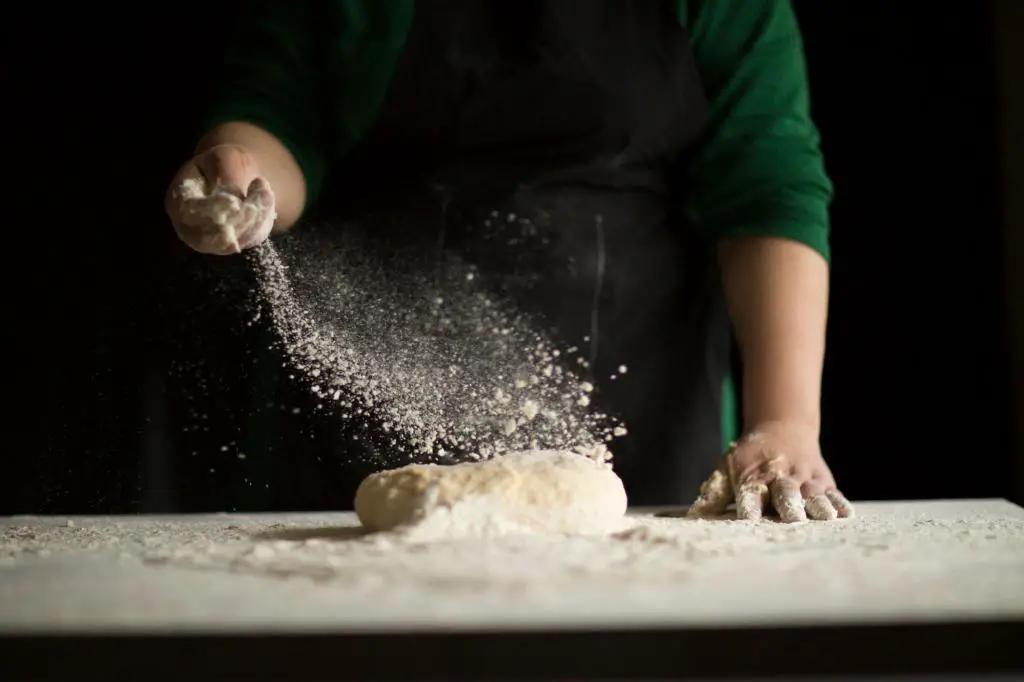
When substituting dry yeast for fresh yeast in a bread recipe, it’s essential to adjust the recipe to ensure the best results. This is because the two forms of yeast have different strengths and concentrations, which can affect the dough’s rising and baking times. Failure to make the necessary adjustments can result in an over-risen or under-risen dough, which can ultimately affect the texture and taste of the finished loaf.
One of the most significant adjustments to make when using dry yeast instead of fresh yeast is the amount of liquid used in the recipe. Dry yeast is more concentrated than fresh yeast, which means it requires less liquid to activate and leaven the dough properly.
When using dry yeast, it is generally advisable to reduce the liquid in the recipe by about 20%. This will help ensure that the dough doesn’t become too sticky or loose, which can affect the texture and structure of the finished loaf.
Another essential adjustment to make when using dry yeast is to keep a close eye on the rising time of the dough. Because dry yeast is more potent than fresh yeast, it can cause the dough to rise faster and more vigorously.
This means that the dough may need less rising time than the recipe specifies. Conversely, if the dough doesn’t rise enough, it may need a longer rising time than the recipe indicates. It’s best to check the dough periodically to ensure it has risen enough before proceeding with the recipe.
Additionally, it’s important to be mindful of the temperature of the dough when using dry yeast. The ideal temperature for yeast to activate and rise is between 75°F and 85°F. If the dough is too cold, it may take longer to rise, whereas if it’s too warm, it may overrise and lose its structure. A good rule of thumb is to keep the dough in a warm, draft-free area while it rises, such as a turned-off oven or microwave.
Lastly, it’s worth noting that the adjustments required when using dry yeast may vary depending on the type of bread being baked. For example, a recipe for a rustic sourdough loaf may require different adjustments than a recipe for a classic white bread loaf. It’s essential to follow the recipe closely, and make the necessary adjustments for the type of yeast being used to ensure the best results.
Tips for Successful Conversion of Dry Yeast for Fresh Yeast
Substituting dry yeast for fresh yeast in a recipe can be a bit tricky, but with some tips and tricks, it can be done successfully. Here are some tips to ensure a successful substitution:
- Calculate the Conversion Ratio: As mentioned earlier, the conversion ratio for dry yeast to fresh yeast is typically 1:3. This means that if the recipe calls for 15 grams of fresh yeast, you can substitute it with 5 grams of dry yeast. However, it is always best to double-check the conversion ratio and adjust it if necessary based on the recipe and other factors.
- Activate the Dry Yeast: While it is possible to add dry yeast directly to the dough mixture, it is recommended to dissolve it in warm water or milk to ensure maximum activation and rise. To activate active dry yeast, mix it with a small amount of warm liquid and let it sit for 5-10 minutes until it becomes frothy.
- Adjust the Rise Time: Since fresh yeast has a higher water content and a slower fermentation process, it usually requires longer rise times compared to dry yeast. If you are substituting dry yeast for fresh yeast, you may need to adjust the rise time accordingly. This will depend on various factors, such as the recipe, the temperature, and the desired rise time.
- Check the Dough Consistency: When using dry yeast instead of fresh yeast, it is essential to check the dough’s consistency before proceeding with the recipe. Dry yeast can absorb more liquid than fresh yeast, which can result in a drier dough. If the dough seems too dry, add a small amount of liquid to adjust the consistency.
- Use Fresh Dry Yeast: Even though dry yeast has a longer shelf life than fresh yeast, it can still lose its potency over time. To ensure that your dry yeast is fresh and active, check the expiration date and store it in an airtight container in a cool, dry place.
- Don’t use too much yeast. One of the most common mistakes is using too much dry yeast, which can result in an overrisen and unmanageable dough. Another mistake is not proofing the dry yeast in warm water for long enough, which can result in underrisen dough.
By following these tips and avoiding common mistakes, home bakers can successfully use dry yeast instead of fresh yeast and make delicious loaves of bread.

